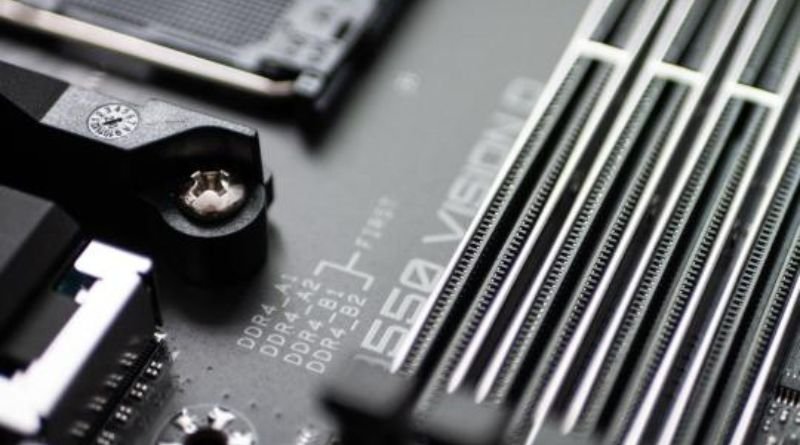Everything You Need to Know About Your Motherboard’s Bus System

The speed at which your computer’s components communicate with each other determines how fast it performs overall. While your CPU, RAM, and GPU (graphics processing unit) are the most important parts of this communication, your motherboard’s bus system also plays an integral role in the performance of your computer. Here’s everything you need to know about motherboards’ bus systems and why they’re so crucial to your computer’s performance in everyday use and intense gaming situations.
Quick Summary
A bus system is the primary way information travels around your motherboard. While there are a few different types of bus systems, most motherboards use the system bus. It carries data and information between components on the motherboard. It also determines how fast your computer performs tasks, so it’s important to understand the basics of this system before you do anything else!
How do busses relate to RAM?
Every motherboard has a bus system that dictates how data is sent between the processor and the other components. The most common type of bus system used in motherboards is a PCI-E 16x, which supports 1GB/s maximum data throughput. If you want to get the best performance out of your motherboard, make sure that you have fast RAM; this will also help ensure that your computer can handle multitasking without lagging. Many lower-end motherboards use an older version of the PCI-E interface called PCI-E 1x, which only supports 250MB/s data throughput.
In order to fully utilize faster processors like Intel’s latest 8th generation CPUs, you need at least a motherboard with a 2x PCI-E 16x bus for any graphics card over 3GB or if you plan on installing more than four sticks of RAM (which will require DDR4 memory).
Asynchronous vs Synchronous Buses
The most important thing to know about buses is that they’re not all the same. Different buses transfer data at different speeds, which will affect the performance of your motherboard and its attached devices. If you’re looking for a good PC motherboard, make sure that the bus speed is at least 400MHz so you can get optimum performance from your system. Generally speaking, USB 3.0 should be used if you want to move large amounts of data quickly (though this isn’t true for everything), while PCI-E 2.0 and SATA 3.0 are better suited for connecting storage drives like hard drives or solid state drives (SSDs).
Other Types of PC Bus Systems
USB, PCI-e and SATA are some of the different types of buses that you will find in motherboards. These allow various devices and components on the motherboard, such as graphics cards, hard drives and sound cards, to communicate with each other. The bus system your motherboard has determines how fast these communications can happen. For example, a PCI-e bus is much faster than a SATA bus. If you have an older device, it may be plugged into a slower bus which would cause it to perform more slowly than newer devices plugged into a faster one.







